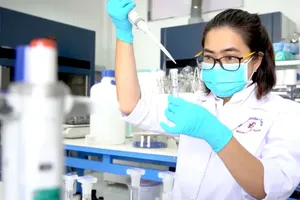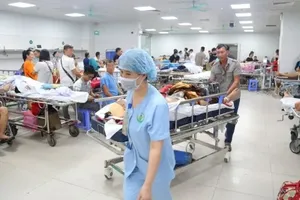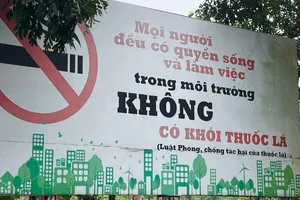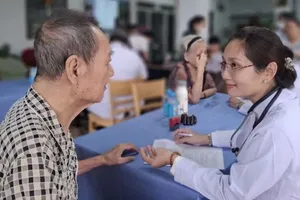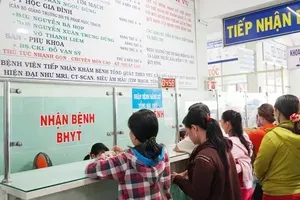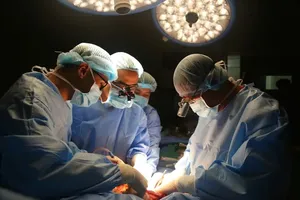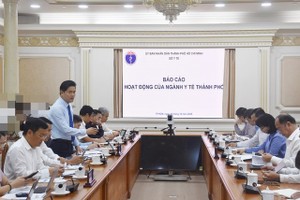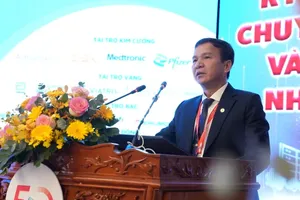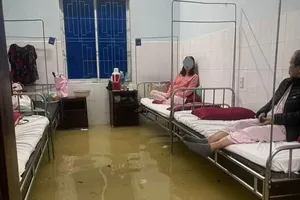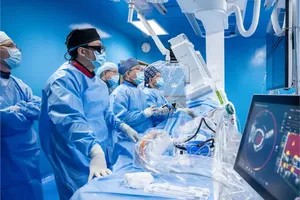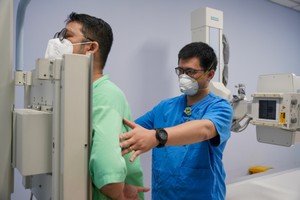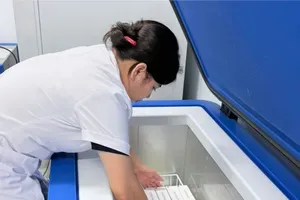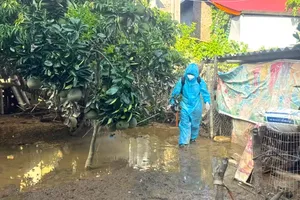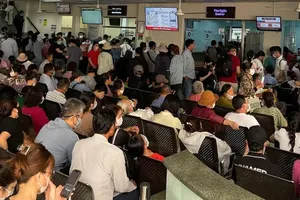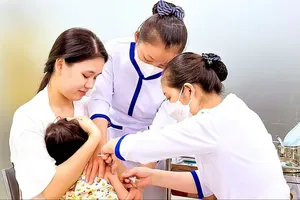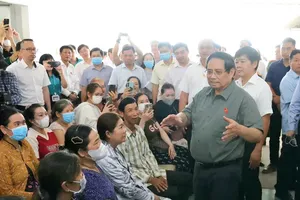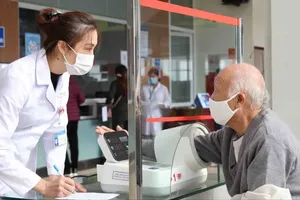Ho Chi Minh City is facing a critical shortage of medical workers and an acute deficit of 14,000 doctors and nurses, according to a survey report plan that will be submitted to the Government.
Shortage of doctors, nurses
Under a new plan, the city targets an increase of 5,500 more hospital beds, 15 doctors for every 10,000 people and two pharmacists for a population of 10,000 by 2015.
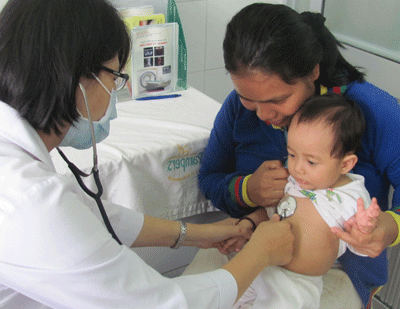
Huynh Cong Hung, head of the Cultural and Social Affairs Board of the City People’s Council, said the shortage of medical staff is worrisome. The numbers of patients increase annually by 15 percent; especially those suffering from cancer and heart problems and the number of medical workers are insufficient, particularly in the field of preventive medicine.
The General Hospital in District 2 has 150 beds but very few doctors for intensive care, children and urology departments, surgery and maternity wards. There is still a requirement for an additional seven more skilled doctors at the hospital.
Hospitals in the suburbs like Districts 12, Can Gio, Binh Chanh face a similar situation as downgraded facilities, outdated and inefficient equipment and poor remuneration for medical workers cannot attract medicine graduates to work in these districts.
Above all, the severe shortage of physicians in medical centers in communes and wards is alarming, according to the HCMC Department of Health. As per latest statistics of the department, the city has only 244 doctors working at these centers. In addition to lack of doctors, the city is also in dire need of more nurses.
More trained medics needed
The city has 112 hospitals with 31,454 beds but it has only around 41,580 medical workers. Of these, 10,077 are doctors and 1,182 are pharmacists.
A serious job vacuum exists for more doctors and nurses. Nguyen Tan Binh, director of the Department of Health, said the two medicine universities in the city can only produce around 1,000 graduates annually but not all of them work in the city.
Moreover, a number of old doctors are on the verge of retirement, which will worsen the situation.
In 2011, Medicine University Pham Ngoc Thach trained 240 graduates but many of them are medical workers from provinces and they prefer to work in provinces after completing their course.
The city medicine universities churn out 441 graduates, 270 masters and doctorate degree holders, 152 Ph.D’s and Ph.D doctorates ( doctors with masters and Ph.D degrees focus on research, doctors of science and science Ph.D degree holders concentrate on medical practices) and the remaining do refresher courses.
Therefore to achieve the set target by 2015, the city has to train 12,469 doctors and 1,663 pharmacists within the next three years.
The traditional medicine sector is also an important source of health care, as Vietnam has a very rich tradition in the use of medicinal plants for the treatment of various ailments. Nevertheless, the Traditional Medicine Hospital director, Le Hoang Son, said there has been an increase in patients for years and the supply of doctors is adequate but quality is not, as those who receive training from private facilities still lack ability.
In addition, Dr. Son said there are no schools to train doctors for dermatology, urology and brain ailments. Meantime, president of the Institute of Traditional Medicine, Nguyen Thi Thu, said people only seek treatment in alternative medicines when they are at the last stages of the disease.
Huynh Cong Hung warned that shortage of doctors is one of the main causes of overloading in hospitals which results in poor examination and treatment quality because few doctors take time to examine so many patients in such short a time.
He advised an increase in training quota in the medical sector, better cooperation in training and re-training as well as sending doctors to foreign countries for acquiring masters and Ph.D degrees.
